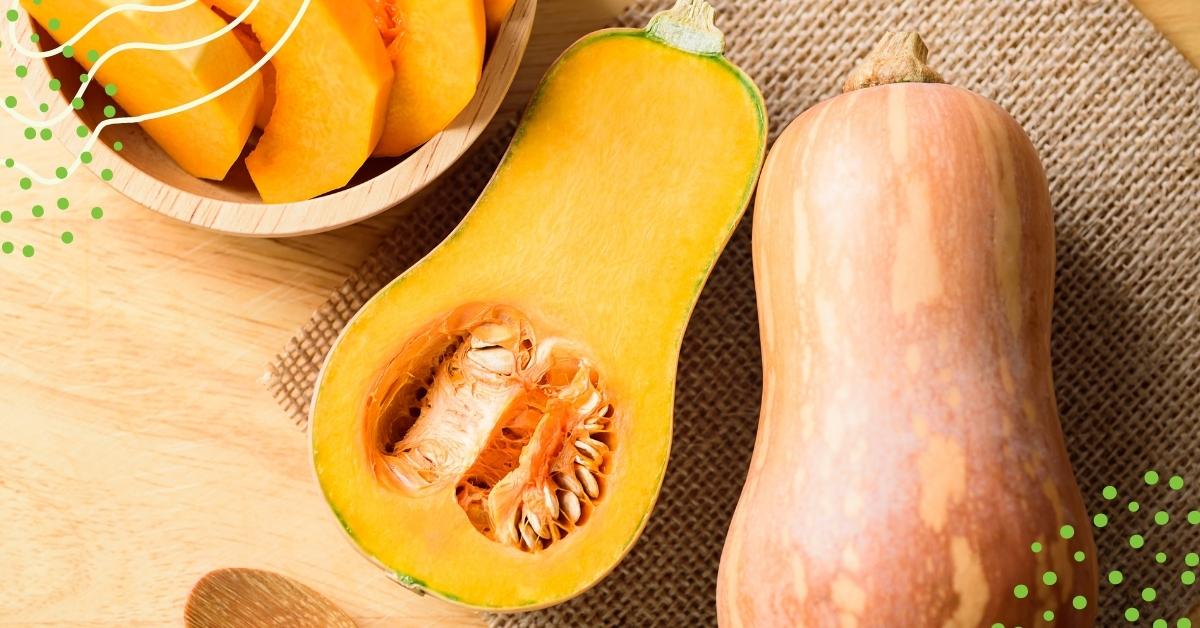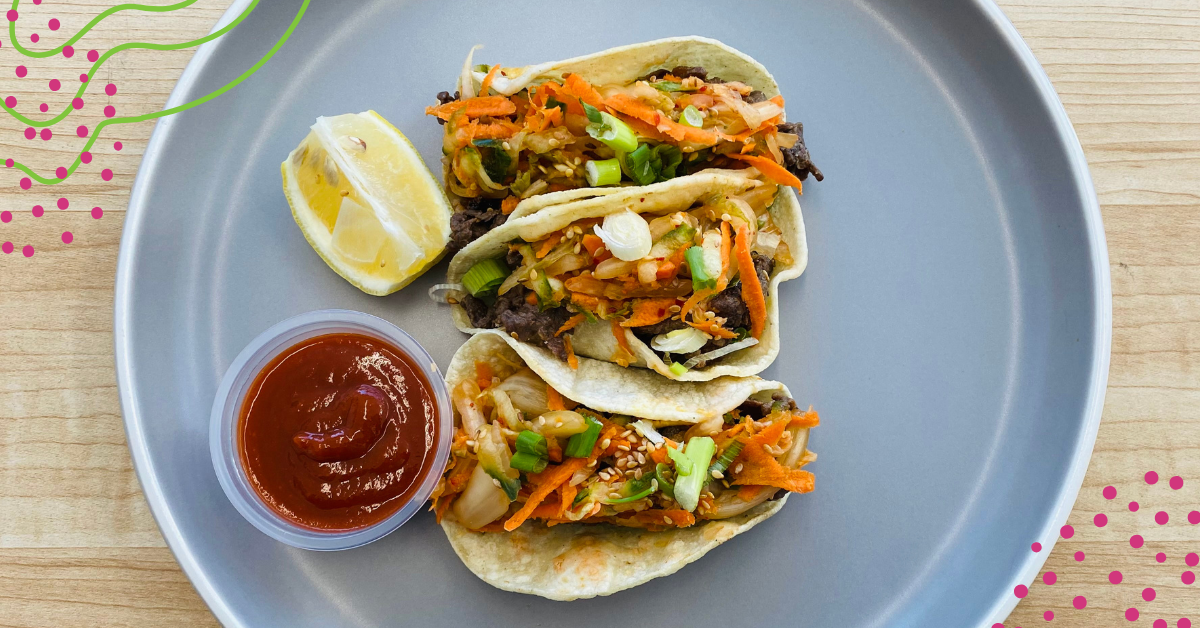Are you already anticipating a turkey-day dietary torpedo that’s going to decimate your carefully plotted eating plans? Listen, it’s only natural to splurge a little on Thanksgiving. However, you may be wondering if overindulging on ONE DAY is enough to derail your goals. Let’s take a look at what going a bit “overboard” on Thanksgiving means for your healthy intentions.
How Many Calories Does the Average Person Consume on Thanksgiving?
It’s time for a moment of truth! Be prepared to be a little bit shocked when you discover just how much we’re all eating on Thanksgiving. According to data from the Calorie Control Council, the average person consumes 3,000 calories in a single Thanksgiving meal. We’ll do a breakdown of exactly where those calories are coming from in a minute. First, let’s run a comparison on what those 3,000 calories are equal to in real-world terms using some research provided by USA Today. Here’s what you could eat to equal one typical Thanksgiving meal:
- Six Big Macs from McDonalds’s.
- 10 Caesar salads from Panera.
- 12 servings of Häagen-Dazs vanilla ice cream.
- 14 strawberry-iced donuts from Krispy Kreme.
The truth is that 3,000 calories for a single meal is no small thing. The current dietary guidelines for adults show that many of us are going over our total calorie counts for an entire day with one meal on Thanksgiving. Based on recommendations, adult men should be consuming between 2,000 and 3,000 calories per day. The range is 1,600 to 2,400 calories per day for adult women.
Where Do Thanksgiving Calories Come From?
Where are those 3,000 calories coming from when we sit down for Thanksgiving? The good news about Thanksgiving dinner is that it provides many opportunities for lean proteins and vegetables. This is where portion control can work to your advantage because “tasting a little bit of everything” can help you stay within a more reasonable calorie range without feeling deprived. According to the Calorie Control Council, here’s what the breakdown for a typical Thanksgiving meal might look like for the average American:
Appetizers/Dips/Snacks
- Cheese ball with nuts (2 tablespoons): 246 calories/20 grams of fat.
- Crackers (serving of 10): 177 calories/7 grams of fat.
- Potato chips (serving of 10): 150 calories/10 grams of fat.
- Dip (2 tablespoons): 60 calories/5 grams of fat.
Main Dish
- Skinless roasted turkey (4 ounces): 190 calories/6 grams of fat.
Side Dishes
- Cornbread (1 square): 15 calories/5 grams of fat.
- Bread stuffing (1 cup): 355 calories/17 grams of fat.
- Gravy (1/2 cup): 178 calories/13 grams of fat.
- Sweet-potato casserole (1 cup): 276 calories/6 grams of fat.
- Green-bean casserole (1 cup): 143 calories/8 grams of fat.
- Cranberry sauce (1/2 cup): 209 calories/0 grams of fat.
- Carrot-raisin salad with dressing (1 cup): 319 calories/30 grams of fat.
Beverages
- Sweet tea (1 cup): 37 calories/0 grams of fat.
Dessert
- Pecan pie (1/8 of a 9-inch pie): 456 calories/21 grams of fat.
Extras
- Butter (1 tablespoon): 102 calories/11 grams of fat.
Now, your meal may look a little bit different depending on your family traditions and personal holiday favorites. However, this breakdown gives you a good look at where you can easily add some checks and balances to your Thanksgiving meal. For instance, the surprising “danger zone” appears to be a seemingly healthy dish like carrot-raisin salad. However, there’s no doubt that the dressing can put a dish like that over the edge for calories and fat. You can also see just how many calories you can wipe from the scoreboard if you skip the cheese-and-cracker plate in favor of waiting to begin chowing down until you get to your main course.
This particular breakdown from the Calorie Control Council uses pecan pie as the default dessert. You may be wondering how the count looks if you’re more of a pumpkin pie person. According to the USDA, the average slice of pumpkin pie contains 225 calories and 9.3 grams of fat. That means you’re basically slicing calories and fat in half if you go with pumpkin over pecan.
You may have noticed that alcoholic drinks are absent from this list. Be warned that a few drinks can significantly increase your calorie total on Thanksgiving. If breaking out the spirits is simply part of your holiday tradition, there’s no reason to deprive yourself just because you’re counting calories. However, you may want to try to balance “liquid calories” with solid calories to take into account the calories and carbs you’ll be consuming in the form of wine, beer, or liquor. The average serving of beer has between 142 calories and 338 calories. For wine, the calorie count is 120 calories to 130 calories per 5-ounce glass.
Will Splurging on Thanksgiving Really Derail Your Goals?
So far, we’ve covered what the calorie count looks like for the average Thanksgiving meal. Some people are focused on finding ways to eat less on Thanksgiving to avoid a “splurge.” Others simply want to know if going wild on one day can sabotage their goals and progress. Let’s dive in to dissect that second question.
Our first instinct may be to wonder how many calories we’d need to eat on Thanksgiving to gain weight. However, a person in a health-first mindset should really be focusing on something else. What we need to worry about is slipping into a “Thanksgiving eating” mindset that lasts for weeks or months. With Thanksgiving being on a Thursday, it’s easy to slip into a mode of overindulging with promises of “living it up” for the long weekend before getting back to a more sensible eating plan on Monday. The reality is that every day that passes with loose eating rules is one more day that makes it harder to stick to our plans.
The Secret to Eating Healthy on Thanksgiving: Make a Plan for Friday
Having a plan to return to sensible eating without feeling deprived in the days following Thanksgiving is really what differentiates the successful from the unsuccessful in this arena. Don’t just make a plan to go grocery shopping to stock up on better foods the weekend after Thanksgiving. This is when the temptation to stay in holiday eating mode will be stronger than most people can handle. A better option is to have your fridge pre-stocked with tasty, satisfying meals that you’re going to be happy to reach for when you’re ready to resume post-Thanksgiving normalcy.
What’s the Truth About Being Derailed by Thanksgiving Overeating?
As promised, it’s time cover if splurging on Thanksgiving really can derail your goals. According to Women’s Health, this probably isn’t something you have to worry about. It’s nearly impossible to gain weight “overnight.”
“In order to gain weight, you’d have to eat 3,500 more calories than you typically eat and burn off to maintain your figure,” according to the magazine. That means that you’d have to add an additional 3,500 calories on top of the 1,600 to 3,000 you’re already eating as a man or woman following the standard dietary guidelines. It works out to be 5,100 to 6,500 calories consumed on Thanksgiving Day. The fact that the average American consumes 3,000 calories during just Thanksgiving dinner doesn’t make this impossible. However, it is pretty unlikely.
There’s something important to remember here. That 3,500 calorie figure does not take into account calories burned. That means that every bit of physical activity you do on Thanksgiving Day is added to your forgiveness column. You have every reason to plan a Thanksgiving hike, family walk, friendly dance party, or post-meal flag-football game! Those fun activities can genuinely help you offset your huge calorie spike for the day. They will also give you a nice energy boost that will leave you even more energized to resume your healthy lifestyle the next morning.
Should You Splurge on Thanksgiving If You’re Trying to Lose Weight?
Thanksgiving is Thanksgiving! There’s no reason to put yourself through suffering just because you happen to have some weight-specific goals in mind. Go ahead and eat what you love without guilt if you believe that a little splurging is what makes life worth living. If possible, do your best to make little substitutions along the way during Thanksgiving to help you to enjoy what you love without adding unnecessary calories. The bottom line? It’s more important to focus on your mindset going into Thanksgiving dinner than it is to focus on your calories if you’re in it for the long game. Thanksgiving is just one day. Your mindset for getting back to healthy eating after a lovely day with family or friends is what will ultimately make or break your goals.





